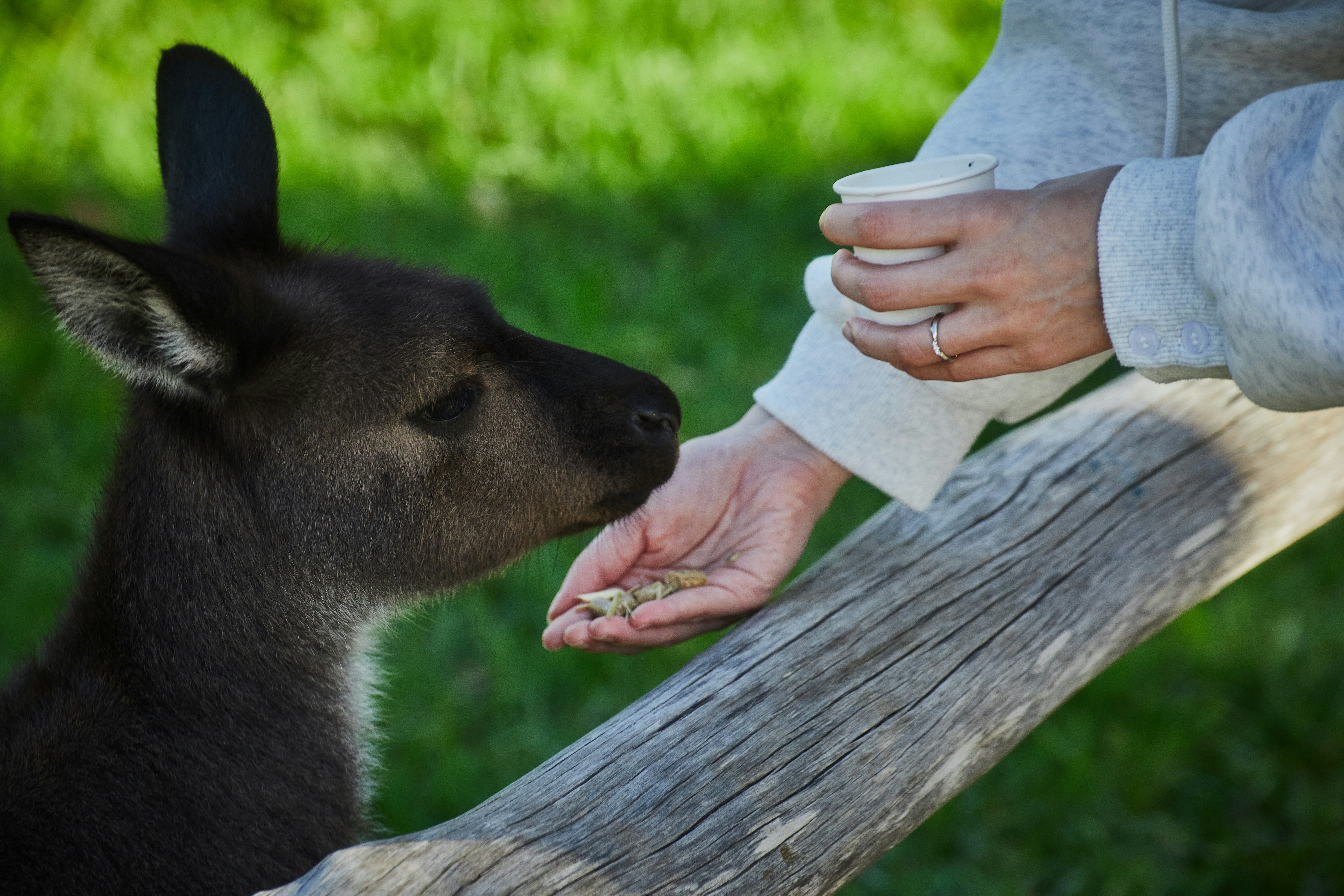The Symphony of Wildlife: Understanding Animal Communication

The Language of the Wild
Wildlife communication is a fascinating and complex phenomenon that plays a crucial role in the survival and behavior of animals. From intricate bird songs to elaborate dances performed by bees, the ways in which animals communicate with each other are as diverse as the species themselves.
Types of Animal Communication
There are various forms of animal communication, including vocalizations, body language, chemical signals, and visual displays. For example, wolves use howls to communicate with pack members over long distances, while dolphins utilize clicks and whistles to convey messages underwater.
The Role of Soundscape in Wildlife Communication
Soundscape, or the acoustic environment in which animals live, plays a crucial role in wildlife communication. Different species have evolved to communicate within specific frequency ranges to avoid interference from other sounds. For instance, bats rely on echolocation calls to navigate and locate prey in complete darkness.
Case Study: African Elephants' Infrasound Communication
African elephants are known for their ability to communicate using infrasound, low-frequency sounds that travel long distances through the ground. These infrasounds can convey information about emotional states, warn of danger, and coordinate group movements within herds.
Conservation Implications of Understanding Animal Communication
By studying and understanding animal communication patterns, conservationists can gain valuable insights into the behavior and needs of wildlife populations. This knowledge can inform conservation strategies aimed at protecting endangered species and preserving biodiversity.
